In today’s economy, a trip to the grocery store can feel like a trip to the bank — for all the wrong reasons. Prices are climbing faster than a toddler on a sugar high, and our wallets are feeling the pinch. From pantry staples to everyday essentials, it seems everything is getting more expensive. But which items are seeing the biggest spikes? Let’s dive into the grocery store essentials that are burning a hole in your pocket right now.
1. Milk: The Classic Breakfast Staple

Milk is an essential part of many households, whether you use it for your morning cereal, coffee, or recipes. But if you’ve been to the dairy aisle lately, you might have noticed that the price of a gallon of milk has increased significantly. According to the USDA, milk prices have surged due to a combination of higher feed costs for cows and increased demand. These factors have caused a ripple effect, impacting the cost of products that use milk as a key ingredient, like cheese and yogurt.
Despite these hikes, milk remains a must-have for many families, and cutting it out isn’t a feasible option. Some savvy shoppers have started exploring dairy alternatives like almond or oat milk, which sometimes offer a more stable price. Others are considering bulk buying or local dairy farms as options to cut costs. The bottom line is, unless you’re ready to change your breakfast routine, you’ll have to budget a bit more for your beloved carton of milk.
2. Eggs: The Budget-Friendly Protein No More

Once considered an inexpensive source of protein, eggs have also been hit with price surges that have left many consumers scrambling (pun intended). The cost of eggs has risen due to factors such as an outbreak of avian flu impacting hen populations and rising feed costs. This has led to decreased egg production and, consequently, higher prices on the shelves. According to the USDA, current egg prices are among the highest they’ve been in a decade.
For families relying on eggs as a cheap protein source, this spike can be particularly burdensome. Some are turning to alternative protein sources like beans or lentils, while others are waiting for sales to stock up. Creative cooks are also experimenting with eggless recipes, using substitutes like tofu or chickpea flour for breakfast scrambles. While these adaptations can help, the reality is that eggs are becoming a luxury item in the grocery cart.
3. Bread: Rising Costs for Rising Dough
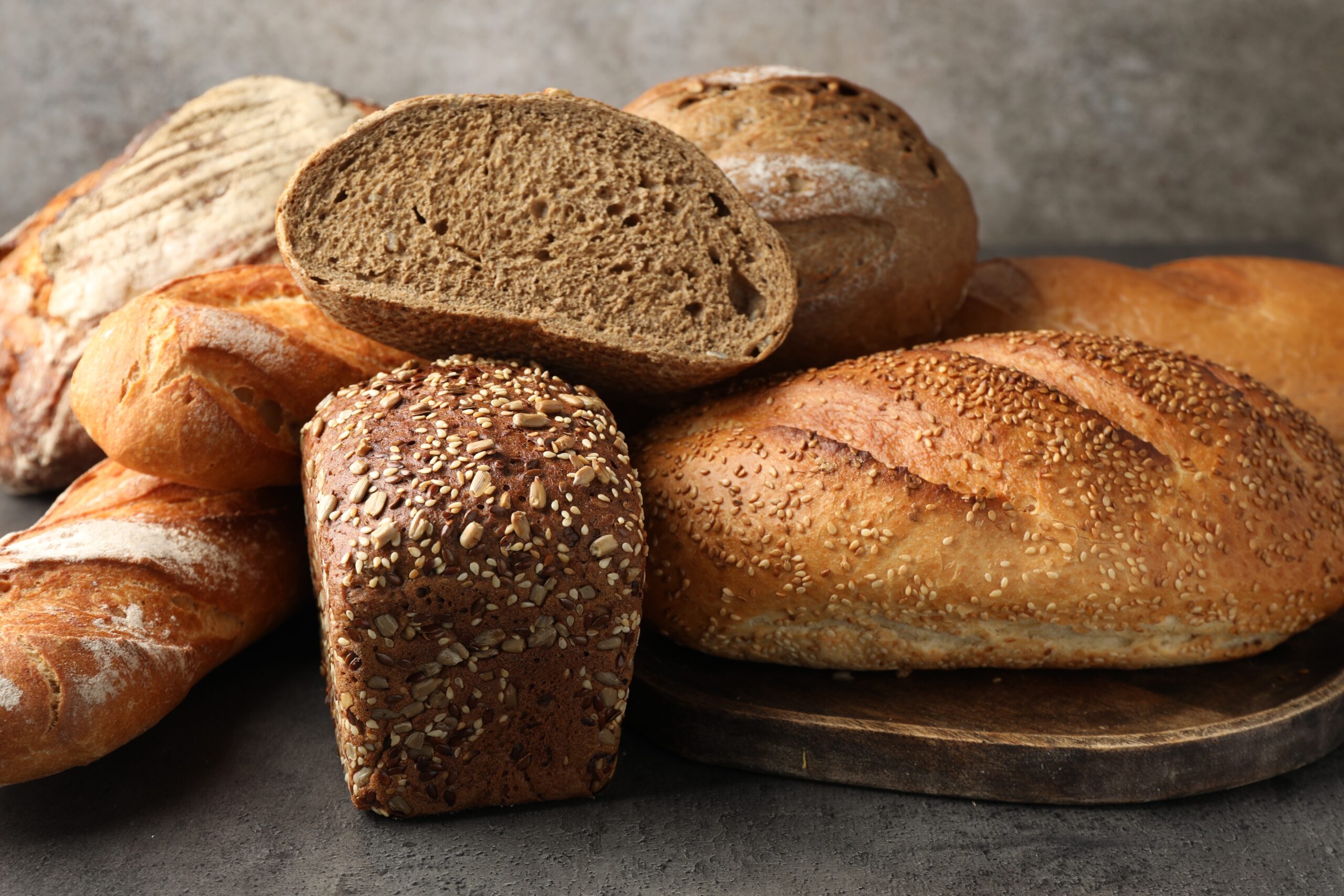
Bread, a staple for sandwiches and toast alike, has seen its prices rise along with the dough it’s made from. The primary culprit behind this increase is the global wheat shortage due to adverse weather conditions and geopolitical factors. With wheat being a major component in bread-making, any fluctuation in its market directly affects bread prices.
As bread prices soar, some families are cutting back or seeking alternatives. For those with the time and skills, baking bread at home can be a cost-effective solution, especially if bought in bulk. Others are turning to less conventional bread options, such as wraps or flatbreads, which may offer a slight reprieve in cost. Nonetheless, the cost of a simple loaf is a stark reminder of how interconnected global events can affect our daily lives.
4. Fresh Produce: Fruits and Veggies at a Premium

If you’ve been feeling the squeeze in your produce section, you’re not alone. According to CNN, fresh fruits and vegetables have seen a price increase, driven by issues like climate change and logistical challenges. Extreme weather patterns have impacted crop yields, while transportation disruptions have added another layer to the cost. This has made it challenging for many families to maintain a healthy diet without breaking the bank.
To cope with these rising costs, some shoppers are prioritizing seasonal produce, which is often cheaper and fresher. Others are exploring frozen or canned alternatives, which can offer nutritional value at a lower price. Community gardens and local farmers’ markets are also gaining popularity as cost-effective sources for fresh produce. With a bit of creativity and planning, it’s possible to keep fruits and veggies in your diet without emptying your wallet.
5. Chicken: A Once Affordable Meat

Chicken, often touted as an affordable protein choice, has become considerably more expensive. Several factors are at play here, including supply chain disruptions and increased feed prices. Furthermore, labor shortages in processing plants have also contributed to the rising costs. This has put chicken on the list of items that are no longer as wallet-friendly as they used to be.
In response, some consumers are diversifying their protein sources, turning to options like pork or plant-based proteins. Others are buying whole chickens rather than pre-cut pieces, which can be more economical in the long run. Meal planning and portion control are also strategies that households are using to stretch their chicken supply further. Despite these efforts, the increased cost of chicken remains a significant adjustment for many family budgets.
6. Beef: A Pricey Indulgence

Another protein that’s seen a steep price increase is beef, driven by factors similar to those affecting chicken. Rising feed costs, labor shortages, and supply chain issues have all played a role in this surge. For many, beef has shifted from a regular meal option to an occasional treat due to its higher price. This has prompted consumers to rethink their meal planning and explore alternative proteins.
To navigate these rising costs, people are experimenting with new recipes that use smaller amounts of beef or substitute it with less expensive ingredients. Ground beef remains a slightly more affordable option, allowing for flexible and creative cooking. Some are turning to local butchers for better deals or higher-quality meat. However, the trend towards pricier beef is likely to continue, making it essential for shoppers to adapt accordingly.
7. Coffee: A Costly Wake-Up Call

Mornings are tough enough without having to pay extra for your daily caffeine fix. Yet, coffee prices have been climbing, impacting everything from your homebrew to your favorite café’s menu. The primary drivers of this increase are climate-related issues affecting coffee-growing regions and disruptions in the global supply chain. For dedicated coffee lovers, this means having to shell out more for that morning cup.
To manage these rising costs, some are turning to alternative ways of getting their caffeine, like tea or energy drinks. Others are opting for store brands or bulk purchases, which can offer some savings. Home brewing methods, such as using a French press or AeroPress, can also be more cost-effective than expensive coffee machines or café visits. Despite these adjustments, the cost of coffee remains a bitter pill to swallow for many.
8. Cooking Oils: Sizzling Prices
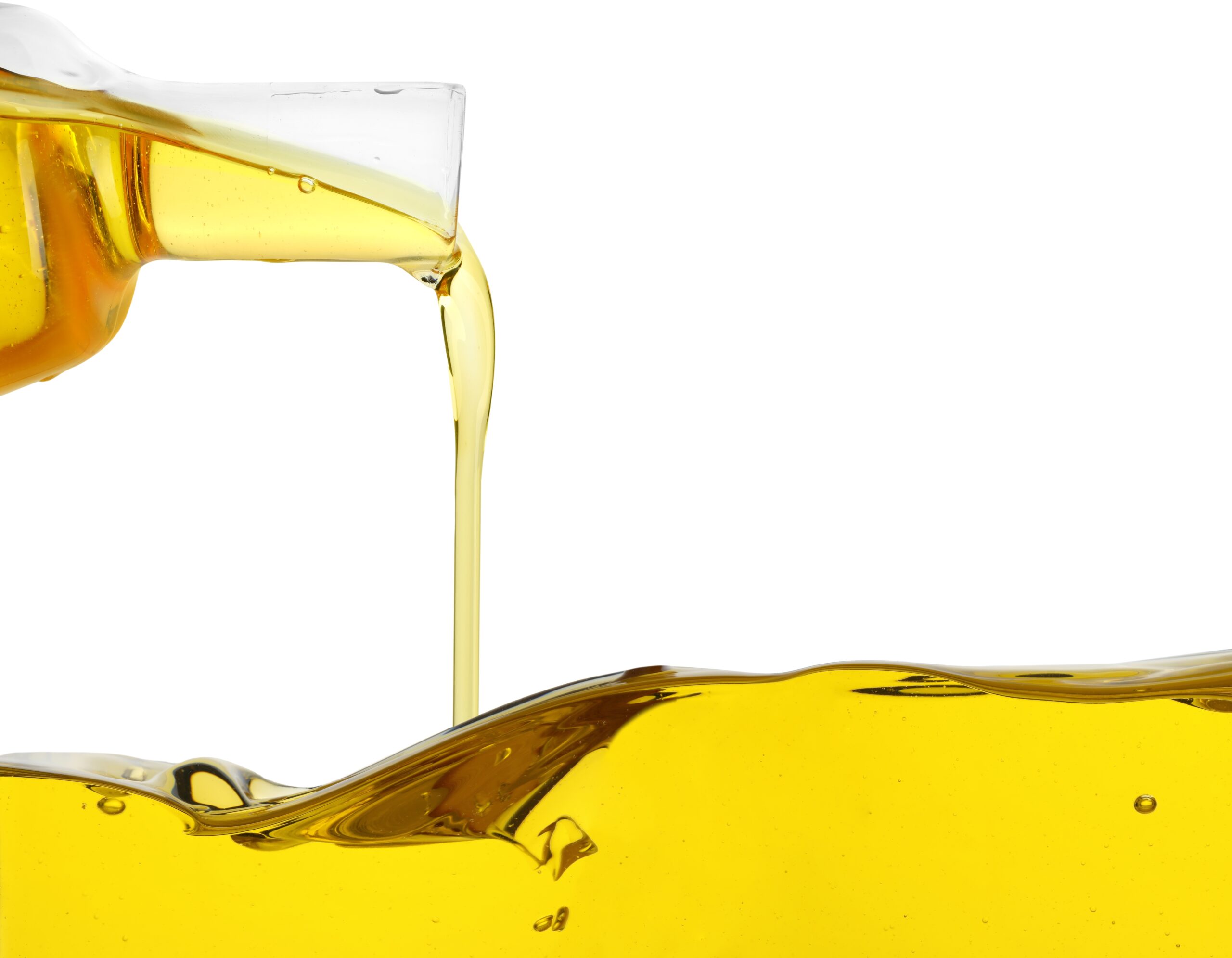
Cooking oils, once a pantry staple you didn’t think twice about, have seen a noticeable rise in prices. This surge is due to factors such as poor harvests in key growing regions and increased demand for alternative energy sources like biodiesel. As a result, everything from olive oil to sunflower oil has become more expensive. For households that rely heavily on cooking oils, this can be a significant hit to the budget.
In an effort to save, some are exploring less expensive oils or buying in bulk when possible. Health-conscious consumers are also considering alternatives like coconut oil or avocado oil, although these can be just as pricey. The trend towards air fryers and non-stick cookware is also growing, as they can reduce the need for oil in cooking. While these strategies can help, the increased cost of cooking oils is a reminder of how interconnected the global food market truly is.
9. Rice: The Global Staple with a Global Price Tag
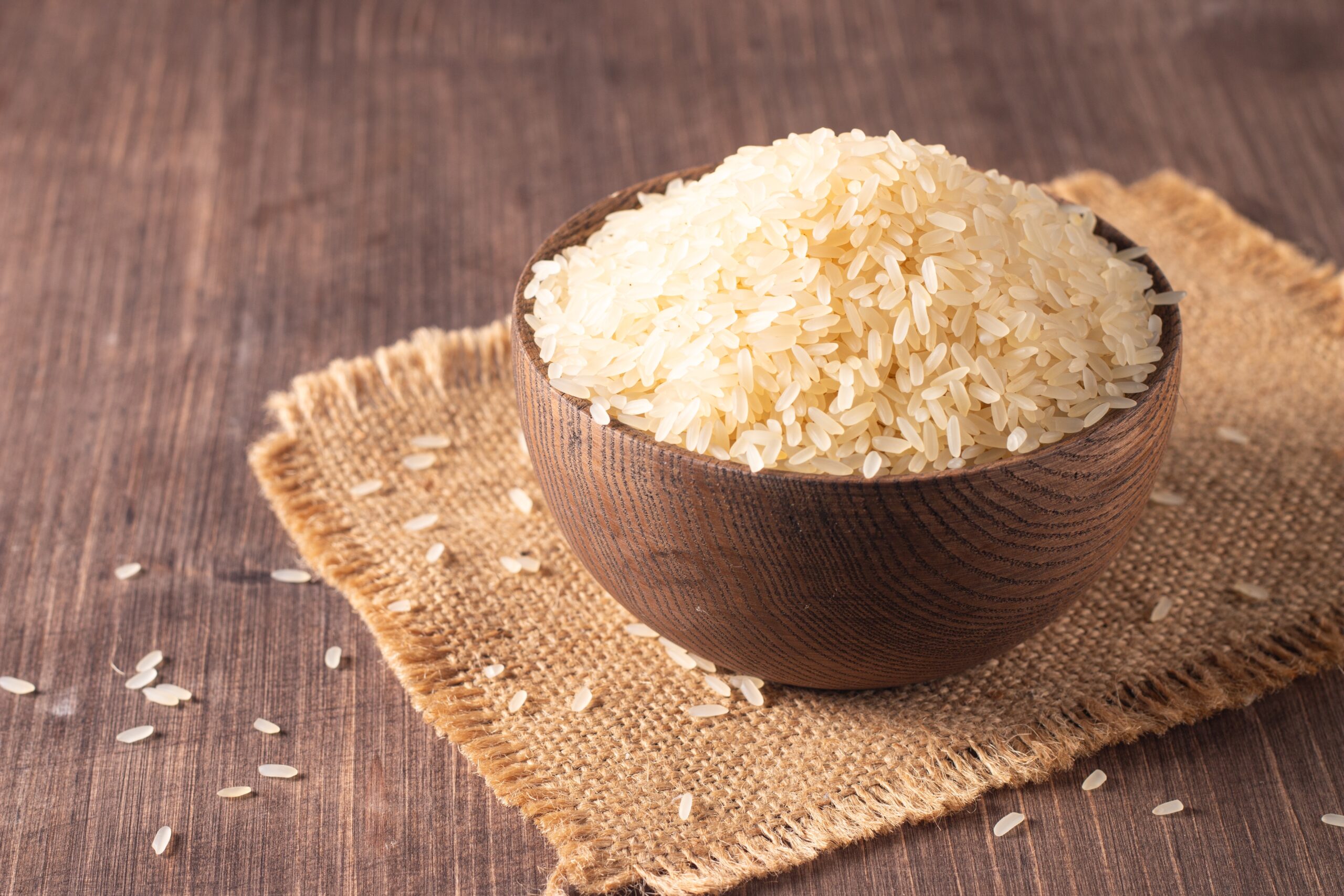
Rice, a staple in many cultures, has not been immune to the rising cost trend. Factors such as extreme weather events and export restrictions in major rice-producing countries have contributed to higher prices. As a result, this once economical carbohydrate is costing more, impacting families that depend on it as a dietary mainstay. The increased cost of rice is particularly challenging for those on tight budgets.
To counter these rising prices, some consumers are exploring other grains like quinoa or barley as alternatives. Bulk buying or seeking out sales can also offer some relief. Additionally, some households are experimenting with rice dishes that incorporate more vegetables and proteins, stretching the rice further. While these strategies can help, the increased cost of rice remains a challenge for many.
10. Butter: Spreading Thin

Butter, a beloved staple for cooking and baking, has seen its prices climb, making it more of a luxury than a necessity. The increase is due to higher production costs, including feed prices and labor shortages in the dairy industry. As butter becomes more expensive, consumers are rethinking their recipes and daily habits. For avid bakers, this rise in cost can be particularly troubling.
To manage these increasing costs, some are turning to margarine or other butter substitutes. Others are experimenting with recipes that require less butter or use alternatives like applesauce or yogurt. Buying butter in bulk or during sales can also help alleviate some of the financial burden. Despite these adjustments, the higher price of butter is a tough pill for many to swallow, especially during baking season.
11. Pasta: The Pantry Must-Have with a Price

Pasta, a go-to for quick and easy meals, has also seen a bump in cost. The primary reason for this increase is the rising price of wheat, a key ingredient in most pasta products. Supply chain issues and increased demand have also contributed to the higher prices. For families that rely on pasta for affordable meals, this can mean rethinking their grocery budget.
To cope with these changes, some are turning to alternative pasta options, such as those made from chickpeas or lentils, which can offer a nutritional boost despite their higher price. Others are seeking out bulk deals or store brands to save costs. Creative cooking methods, like using pasta as a component of a larger dish rather than the main focus, can also help stretch the product further. Despite these efforts, the increased cost of pasta is a reminder of the broader economic challenges affecting our food supply.
12. Sugar: The Sweet Stuff with a Sour Price
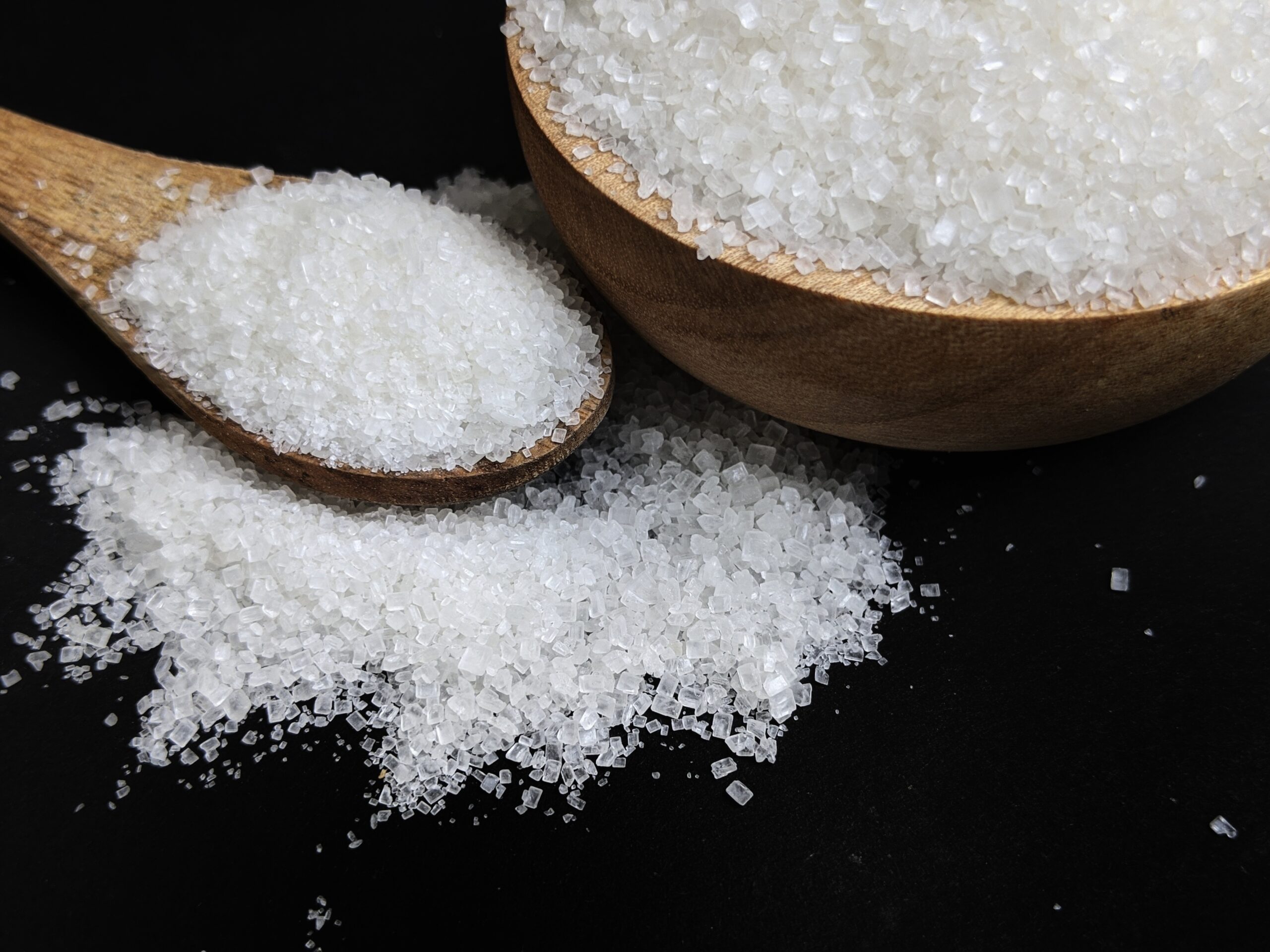
Sugar prices have been on the rise, adding a bitter note to your sweet treats. This increase is driven by factors like poor weather conditions affecting sugarcane and sugar beet crops, as well as increased energy costs. For those who enjoy baking or have a sweet tooth, this price hike can be particularly noticeable. It’s also impacting the cost of processed foods and beverages that rely heavily on sugar.
To manage these rising costs, some consumers are exploring alternative sweeteners like honey, maple syrup, or stevia. Others are cutting back on sugar usage in recipes or seeking out sugar-free options. Buying sugar in bulk or during sales can also help mitigate some of the financial impact. Nonetheless, the higher cost of sugar is affecting both home cooks and the food industry alike.
13. Cheese: The Pricey Pleasures of Dairy

Cheese, often seen as a versatile and delicious addition to meals, has also been hit by rising prices. The increase is due to the same factors affecting other dairy products, including higher feed costs and labor shortages. As cheese becomes more expensive, consumers are reconsidering their cheesy indulgences. For those who love a good cheese platter or pizza night, this price hike is definitely felt.
To adapt, some are turning to less expensive cheese varieties or buying in bulk to save costs. Others are using cheese more sparingly in recipes or seeking out sales for their favorite types. Plant-based cheese alternatives are also gaining popularity, offering a potential cost-saving option. Despite these efforts, the increased cost of cheese is a reminder of the broader challenges facing the dairy industry.
14. Tea: The Comforting Brew with a Rising Cost

For tea enthusiasts, the rising cost of this comforting brew is a notable change. Factors such as climate change impacting tea-growing regions and increased production costs are driving prices up. This has left many tea drinkers considering their options and assessing their consumption habits. For those who enjoy multiple cups a day, these price hikes can add up quickly.
To cope with these rising costs, some are buying in bulk or seeking out deals on loose-leaf teas, which can be more economical. Others are exploring herbal teas or blends that may offer a similar experience at a lower cost. Tea enthusiasts are also getting creative with homemade blends or infusions to stretch their supply further. Despite these efforts, the increased cost of tea is a reminder of the global challenges affecting our everyday comforts.
15. Canned Goods: Convenient but Costly
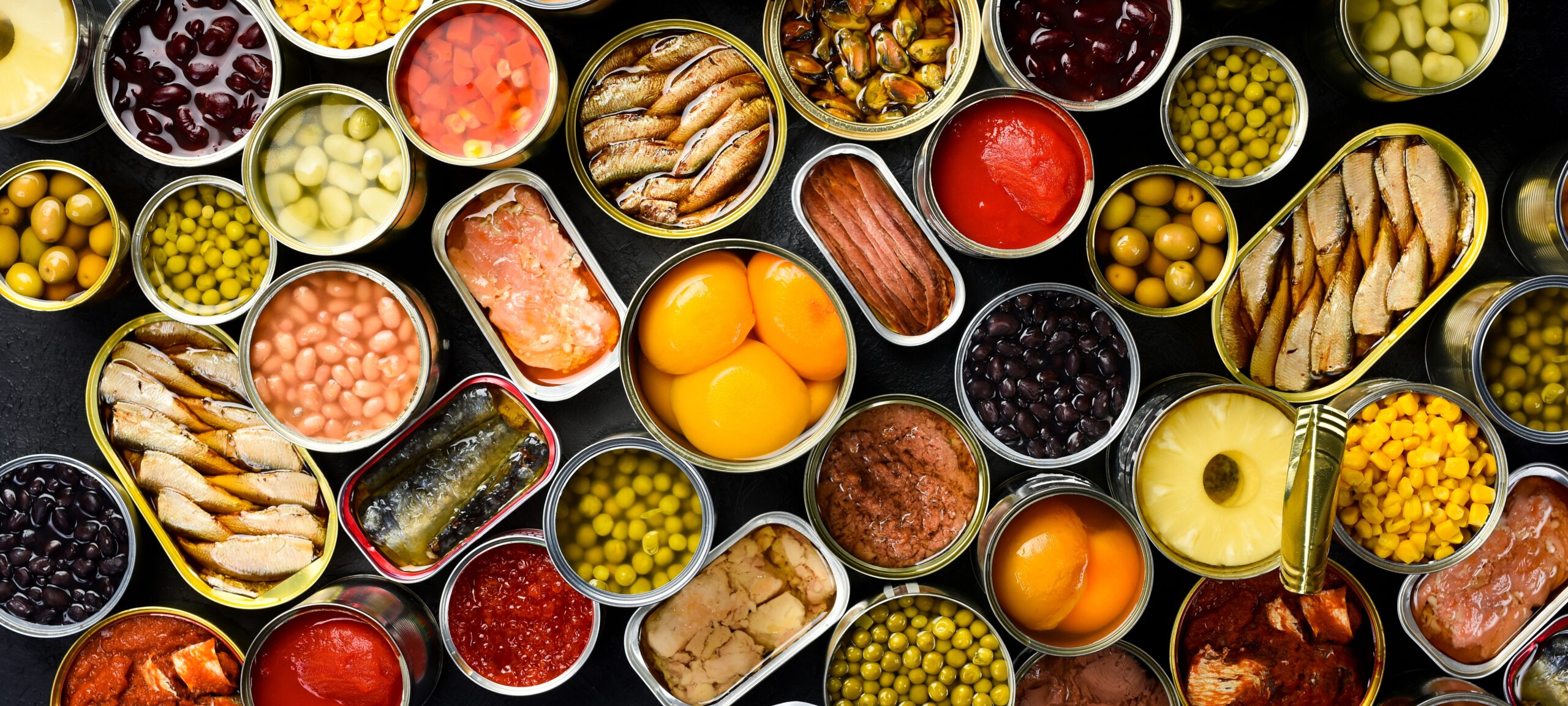
Canned goods, often relied upon for their convenience and long shelf life, have also seen a price increase. This is due to factors such as rising production and transportation costs, as well as increased demand for non-perishable items. For many households, canned goods are a pantry staple, making these price hikes a significant concern. From soups to vegetables, the cost of stocking up on canned items is more noticeable than before.
To manage this, some consumers are focusing on buying in bulk or taking advantage of sales to stock up. Others are exploring alternative preservation methods like freezing or canning their own produce. Creative cooking, using canned goods as an ingredient in larger dishes, can also help stretch these items further. Despite these efforts, the rising cost of canned goods serves as a reminder of the broader challenges in the food supply chain.
This article is for informational purposes only and should not be construed as financial advice. Consult a financial professional before making investment or other financial decisions. The author and publisher make no warranties of any kind.








